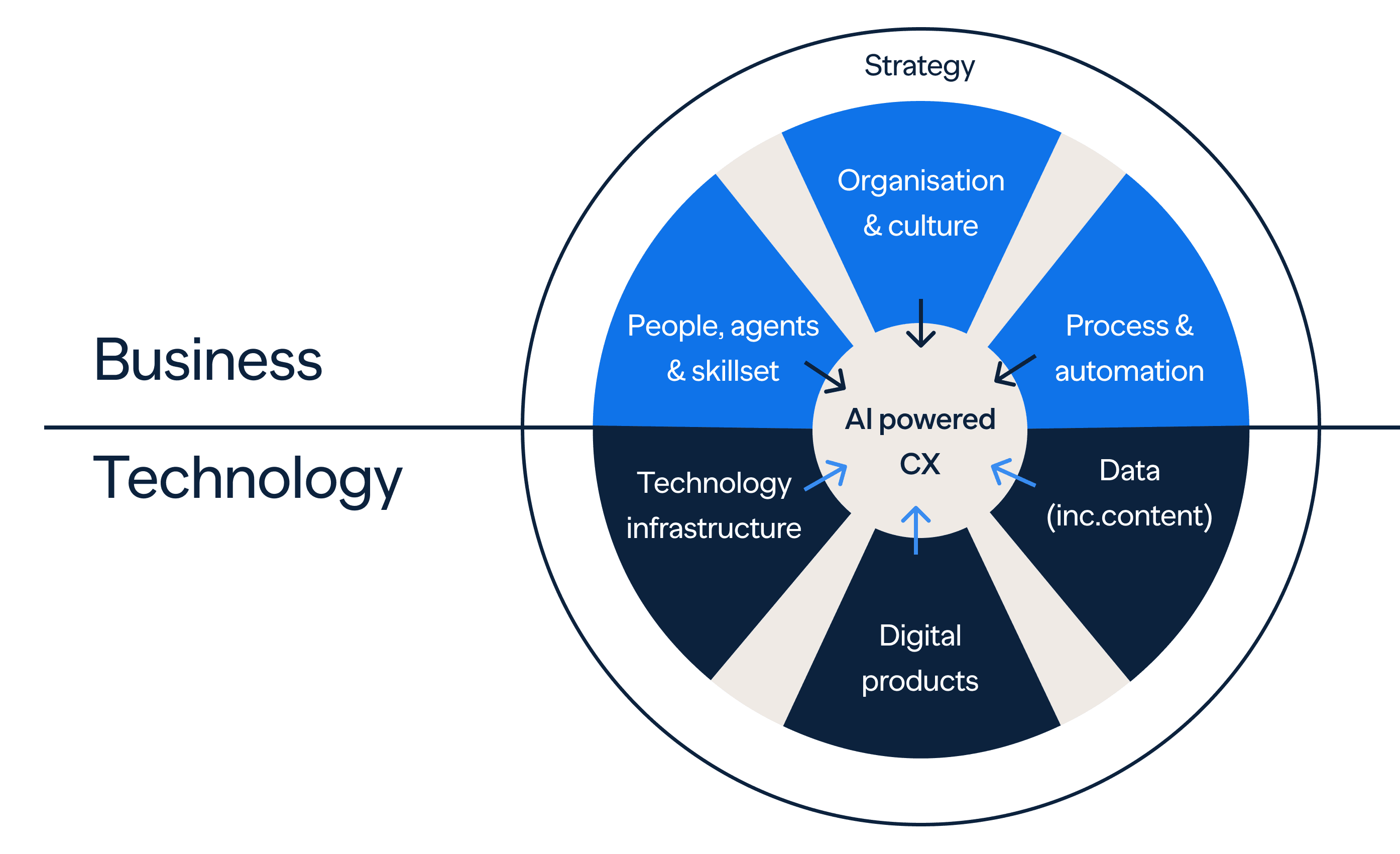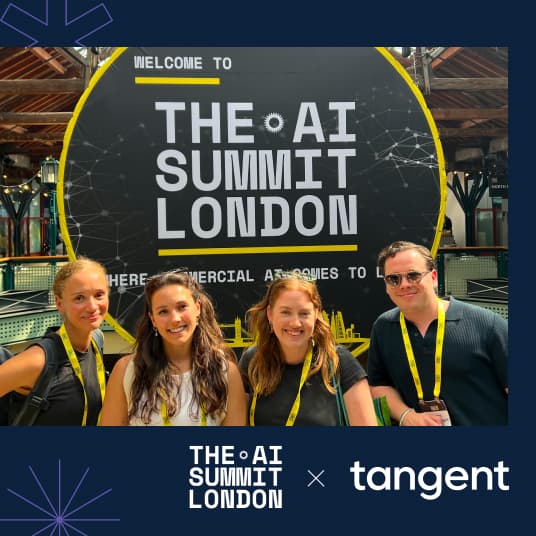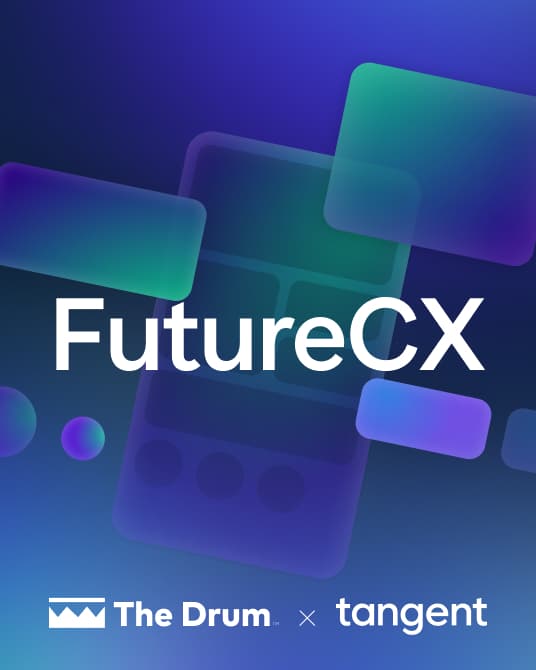
AI dominates the business agenda right now. Every company seems to have an ‘AI Strategy’ line in their roadmap, but how many can say they are creating tangible value?
Even now, most AI is internally focused with the odd customer experience existing as a newly minted AI-powered chatbot. There are also question marks over how much AI has been implemented with a real strategy behind it which includes tangible ROI and clear payback period. “We’ve investing in AI, operating at the cutting edge and therefore more efficient” doesn’t count if all you have done is implemented the latest and greatest meeting note summariser - I’m afraid this is now table stakes.
Research back this up with a BCG study showing that only 26% of companies have developed the necessary capabilities to move beyond proofs of concept and generate tangible value from AI. The numbers are even more stark in a McKinsey report when it comes to maturity: only 1% of C-suite respondents describe their generative AI rollouts as mature.
The reality therefore becomes clear… most companies aren’t sure where they are in their journey or let alone how to create tangible value from it. Many it would seem are stuck in first gear and unsure where to go.
At Tangent we help organisations navigate an ever-changing digital landscape and deliver future-ready experiences. Right now, that means making sense of AI. Currently, future-ready experiences are AI-powered experiences: digital journeys where AI is embedded into the design, from smarter chatbots to generative user interfaces. Delivering these requires structure and not just technology, but an operating model capable of supporting them.
That’s why we’ve developed a framework to help organisations understand where they stand today and how to move up the maturity curve.
This is the first piece of a three-part series where we will start to explore that framework, provide tangible examples and equip you with the questions you need to ask yourselves to work out where you are on your AI transformation journey.
Framework overview & respective elements
The framework is split between two categories of business enabler; the organisational foundations that make AI possible and technology enablers, which provide the underlying technical infrastructure. These enablers will feel familiar to standard digital operating model reference models but have been expanded to be AI-first.

Business
-
People, agents & skillset: The capability of your workforce to operate in an AI-enabled environment. This means having the right mix of human roles which are assisted by AI and virtual agents, therefore equipping people with the skills to understand, manage and deliver AI-driven experiences. Structured training and reskilling programmes ensure that teams stay ahead as AI capability evolves.
-
Organisation & culture: The structural and cultural foundations that enable the delivery of AI experiences. Success comes from designing an organisation where humans and AI agents work side-by-side, underpinned by a culture that embraces new technology. Clear guardrails and sensitivity frameworks ensure employees see AI as an enabler, not a threat, and encourage experimentation with AI capabilities.
-
Process & automation: The underlying business processes which deliver AI-powered customer experiences. Processes should be designed for speed, adaptability and can be continuously improved (inc. monitoring for new tools, products or features to enhance workflows).
Technology
-
Technology infrastructure: The technical foundation that allows AI to operate at scale. This includes a cloud-ready, modular technical architecture that can host AI products, integrate them into existing systems and ensure they can be delivered securely and reliably across the organisation.
-
Digital products: The wider digital products which are part of the existing digital landscape (website, CRM, marketing automation etc.). Ultimately these are where the AI-powered experiences will live when engaging with customers.
-
Data (inc. content): The raw material that powers AI. Data and content must exist in structured, accessible formats with the right governance in place. High-quality, well-curated data enables better, more accurate AI experiences which have increased ability to personalise and engage customers in a bespoke way.
Stay tuned for our next piece, we’ll explore the scenarios we see most often inside large enterprises – the characteristics, the challenges they create and how to use the framework to identify your own position on the journey.
Ready to explore AI
Discover our fast track 3-day Impact Workshops







